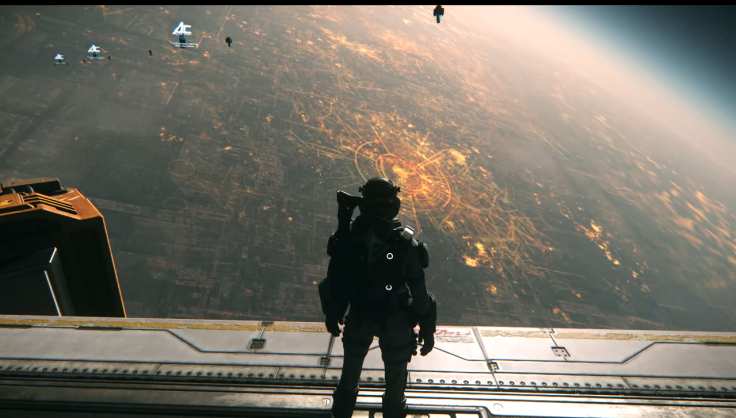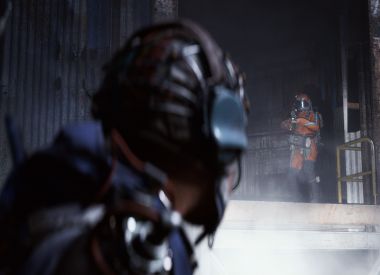Star Citizen ’s CitizenCon has just concluded, and the celebration gave us a huge peek at what to expect from 3.0 and beyond. From procedural cities on ArcCorp to the CNOU Pioneer, here’s a quick recap of what we learned.
How The CNOU Pioneer Works
Star Citizen ’s dev team teased a game-changing ship for CitizenCon, and we now know it to be the CNOU Pioneer. For a cool $850 in store credit, you can buy this massive ship designed for construction and colonization. It’s got a length of 200 meters and has a cargo capacity of 600. Simply put, you’re going to be storing lots of stuff in this ship.
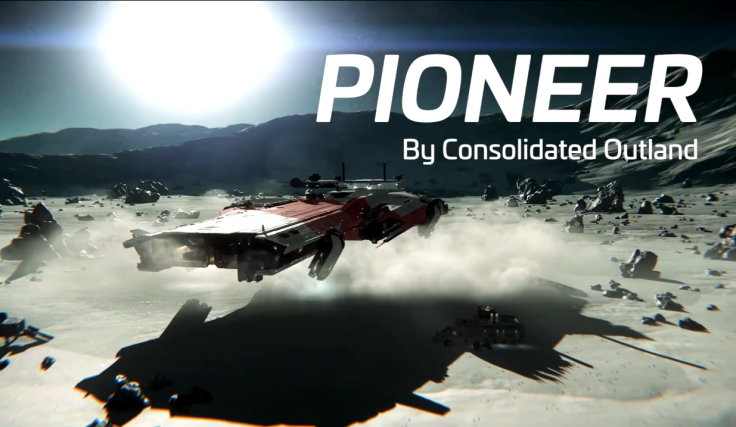
In terms of scouting land, there are quite a few ways it can be done. Land can be purchased outright by players, and its price is determined by the quality of the space, its proximity to key locations and the knowledge you’ve gained about the land. Knowledge is an actual feature in Star Citizen, and it’s essentially based on a risk-reward model. The more resources and time you consume diving deep into an area, the more knowledge you’ll gain about it and the more accurate your pricing will be.
Once you feel you’ve found the right location, the next step is to claim it. Parcels can be licensed by the UEE or you can take them yourself. Siding with the UEE is more expensive and requires proper licensing, but it also means the land will be protected if it’s ever taken over by invaders. That’s a big benefit in terms of extracting value from the parcel itself. If valuable land is protected, owners can wait for the exact right time to excavate it and reap the highest reward. If you’ve decided not to go with UEE protection, you can also pay for sensors or mercenary patrols to keep property safe.
The Pioneer is essential to this gameplay loop because it’s the ship that’s best suited to the task of transporting the materials you need to make it happen. It’s big enough to carry everything you need to start with, which greatly reduces the number of trips colonizers will need to make if the craft is used wisely.
The Keynote & Procedural Cities
Aside from the Pioneer, the other major reveals from CitizenCon were two procedural cities on ArcCorp and Hurston. Most of this stuff is better seen than described, but, as showcased in the screenshots below, these areas are completely constructed by math. Just like real cities, there are separate sections for manufacturing, residents and even suburbs on the outskirts. The Sabre Raven was piloted around ArcCorp, and you’ll be able to use that ship in 3.0.
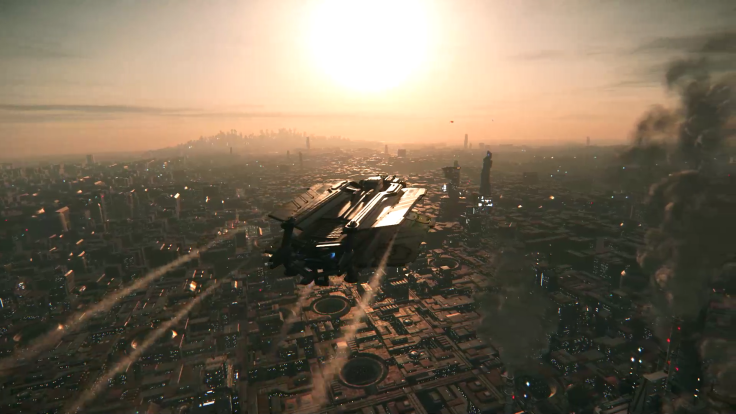
The entire creative process takes just a few minutes and is handled by a series of deceptively simple tools. The City Builder, seen below, looks like a game of Minesweeper. Each of these different-colored squares relates to a certain city quadrant. T’s are for transportation, H is for elevation and all of these model types must seamlessly connect. In just a few clicks the entire landscape is built and auto-populated.

After that comes the Layout Editor, which operates from a flowchart that shows what each room contains. All rooms within buildings are connected, created and meaningfully designed in minutes. While other features like algorithmic AI population are more long-term, the goal is to have the final procedural universe consist of 90 percent players and 10 percent NPCs.
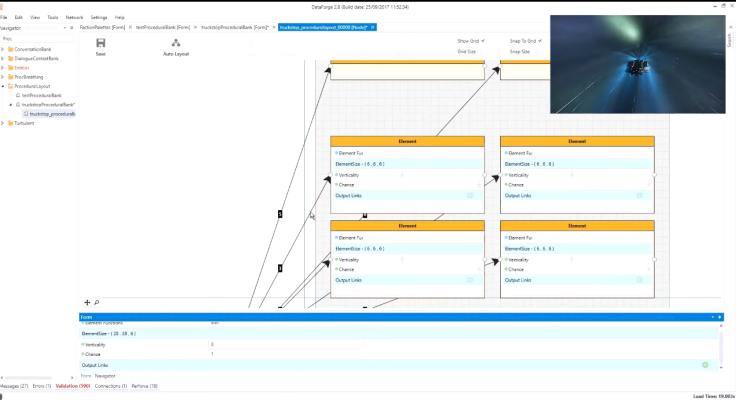
Hurston is a war-torn planet while ArcCorp appears more wealthy. They’re built using different content sets with the exact same tools.
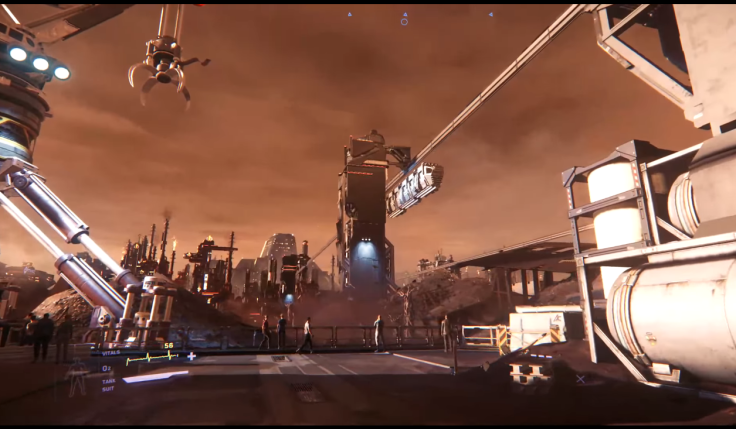
In between these two load-free city flyovers, it’s also worth noting that we got a brief look at a space station above ArcCorp. The header image shows what the view looks like from the outside. This stuff is all coming after 3.0, though, so you’ll have to wait for it.
Other Little Tidbits
CitizenCon is a massive event with additional panels on lore, graphics and art, so we can’t possibly cover it all. That being said, these are the very biggest reveals from the show.
Beyond cities and the Pioneer, however, there are a few smaller things worth noting. For one, after 3.0, new Star Citizen releases will supposedly happen quarterly regardless if there’s lots of content in them or not. As for the single-player module called Squadron 42, that was once again promised to be a major focus of December’s holiday stream.
Star Citizen is available in alpha for Kickstarter backers on PC.
What did you think of CitizenCon 2017? Can Star Citizen truly deliver on all these lofty promises? Tell us in the comments section!

